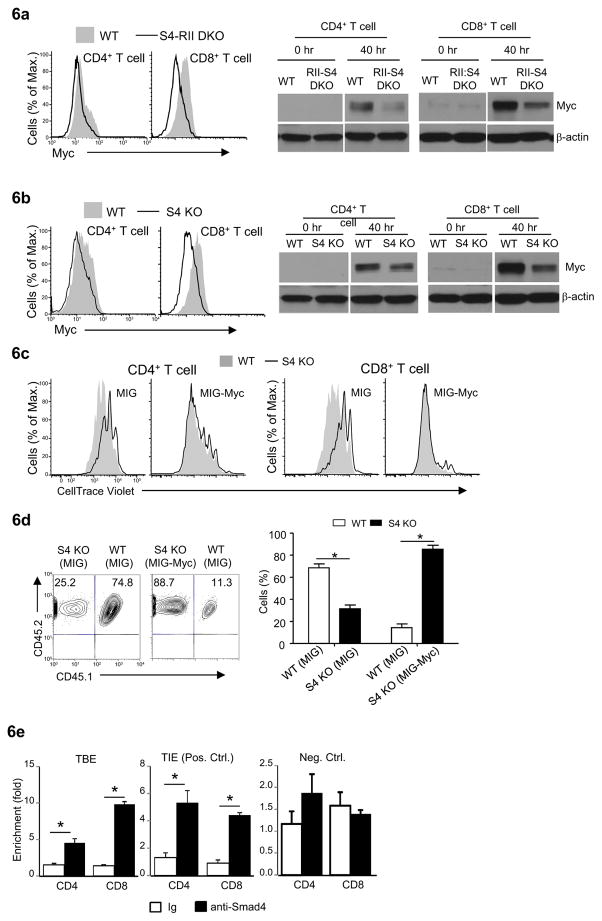Fig. 6. Smad4 controls T cell proliferation through Myc.
(a and b) Myc expression in T cells assessed by flow-cytometry (left) and immuno-blotting (right). Representative results of at least three experiments are shown.
(c) The proliferation of wild-type and Cd4-cre-Smad4fl/fl (S4 KO) CD4+ and CD8+ T cells that were transduced (GFP+) with MSCV-IRES-EGFP (MIG) or MSCV-Myc-IRES-EGFP (MIG-Myc), assessed by flow-cytometry of CellTrace violet dilution. Results are representative of at least three experiments.
(d) The fractions of T cells in Rag2−/−Il2rg−/− recipient mice (Balb/c) received MIG and MIG-Myc transduced (GFP+) CD4+ T cells from wild-type (CD45.1+) and Cd4-cre-Smad4fl/fl (S4 KO, CD45.2+) mice (C57BL/6) assessed by flow-cytometry. Representative results (left) and means ± SD of five mice in one experiment of three are shown.
(e) ChIP analysis of Smad4 binding to TGF-β-independent elements (TBE) in Myc locus in freshly isolated T cells. TGF-β-inhibitory elements (TIE) and an irrelevant site in Myc locus was used as positive (Pos. Ctrl.) and negative (Neg. Ctrl.) controls respectively. Means ± SD of triplicates in one experiment of at least three are shown (*P<0.05).
See also Supplemental Figure 5.

